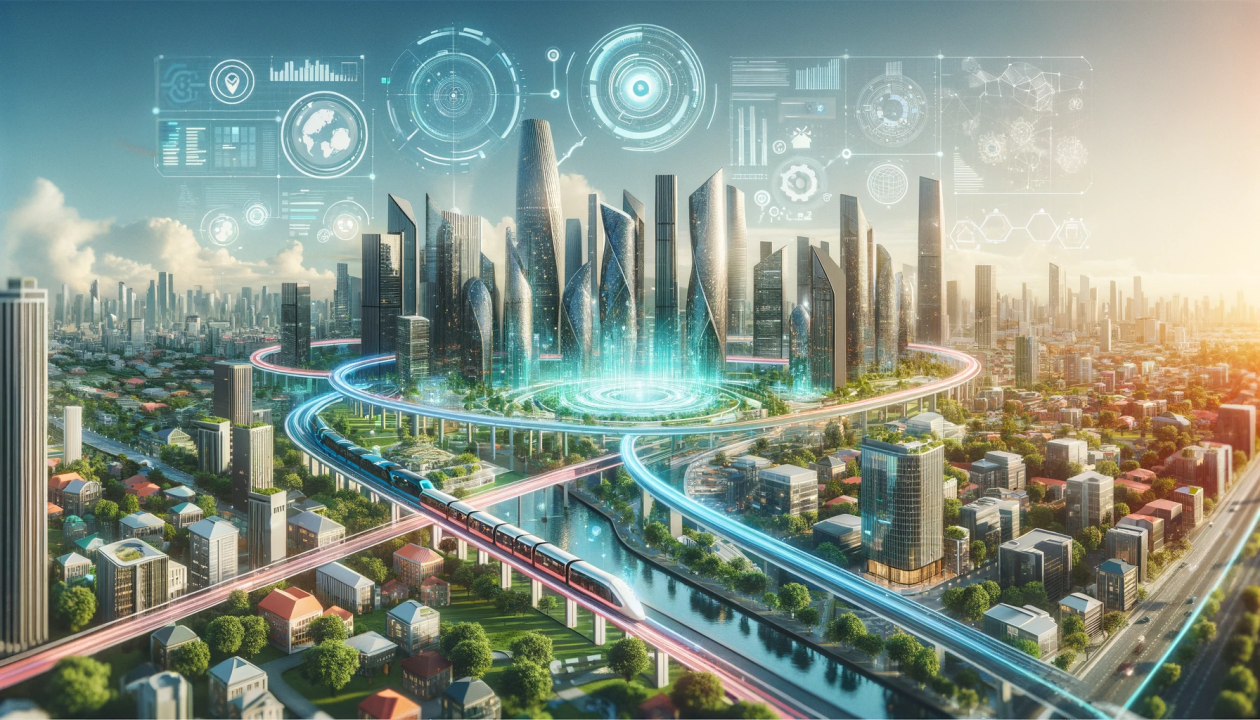In the rapidly evolving fields of architecture and urban planning, Artificial Intelligence (AI) is playing a transformative role, reshaping how architects and designers approach their projects. From enhancing efficiency and creativity to addressing complex environmental challenges, AI systems are becoming indispensable tools for professionals looking to push the boundaries of design and innovation.
Key Highlights:
- AI technologies like Stable Diffusion, Midjourney, and DALL-E 2 are revolutionizing text-to-image generation, offering architects new ways to visualize and develop their ideas.
- Parametric design, powered by AI, is automating repetitive tasks, reducing human effort, and enabling more innovative and sustainable architectural solutions.
- Advanced AI tools are expediting structural analysis and simulations, allowing for rapid exploration of design options and optimization of building performance.
- AI-driven risk assessment tools are enhancing the predictability of project outcomes, leading to more efficient and successful project executions.
- Platforms such as ArkDesign.ai and ARCHITEChTURES are leveraging AI to optimize floor plans and architectural designs, significantly reducing design time and improving decision-making processes.

Artificial Intelligence is significantly impacting the architecture and design industry, marked by innovations in parametric design, simulation speed, multi-objective optimization, and virtual prototyping. AI-driven parametric design is notable for automating repetitive tasks, enhancing productivity, and enabling the creation of complex and innovative forms previously unattainable. This technology not only facilitates the design of more sustainable and efficient buildings but also allows for rapid prototyping and iterative design processes, making architectural practice more responsive and adaptive.
Moreover, AI tools such as ArkDesign.ai and ARCHITEChTURES are revolutionizing the way architects create floor plans and designs, offering capabilities for optimized schematic designs tailored to specific project requirements. These platforms provide advanced features like automated cost estimation and smart 3D rendering, enabling architects to develop accurate estimations and designs faster than ever before.
However, the adoption of AI in architecture also presents challenges, including biases inherent in AI technologies and the potential for these tools to overrepresent certain architectural styles. Efforts are underway to develop more culturally inclusive AI models and mitigate these biases, aiming to ensure that AI tools can truly enhance the creative potential of architects and designers across diverse contexts.
Leading architectural firms and designers are increasingly integrating AI into their workflows, employing AI algorithms for generating complex architectural forms and optimizing designs for factors such as energy efficiency and passenger flow. This approach has been exemplified in projects like the Beijing Daxing International Airport by Zaha Hadid Architects, showcasing the potential of AI to assist in developing unique and functional structures.
In conclusion,
The integration of AI into architecture and urban planning heralds a new era of design possibilities, where technology enhances human creativity to address the complex challenges of the modern world. While AI offers remarkable tools for innovation and efficiency, it is the synergy between human insight and technological capability that will ultimately define the future of architectural design. The ongoing dialogue between technology and tradition, innovation and ethics, is shaping an exciting frontier for architects and designers willing to embrace the potential of AI while navigating its challenges with foresight and responsibility.






